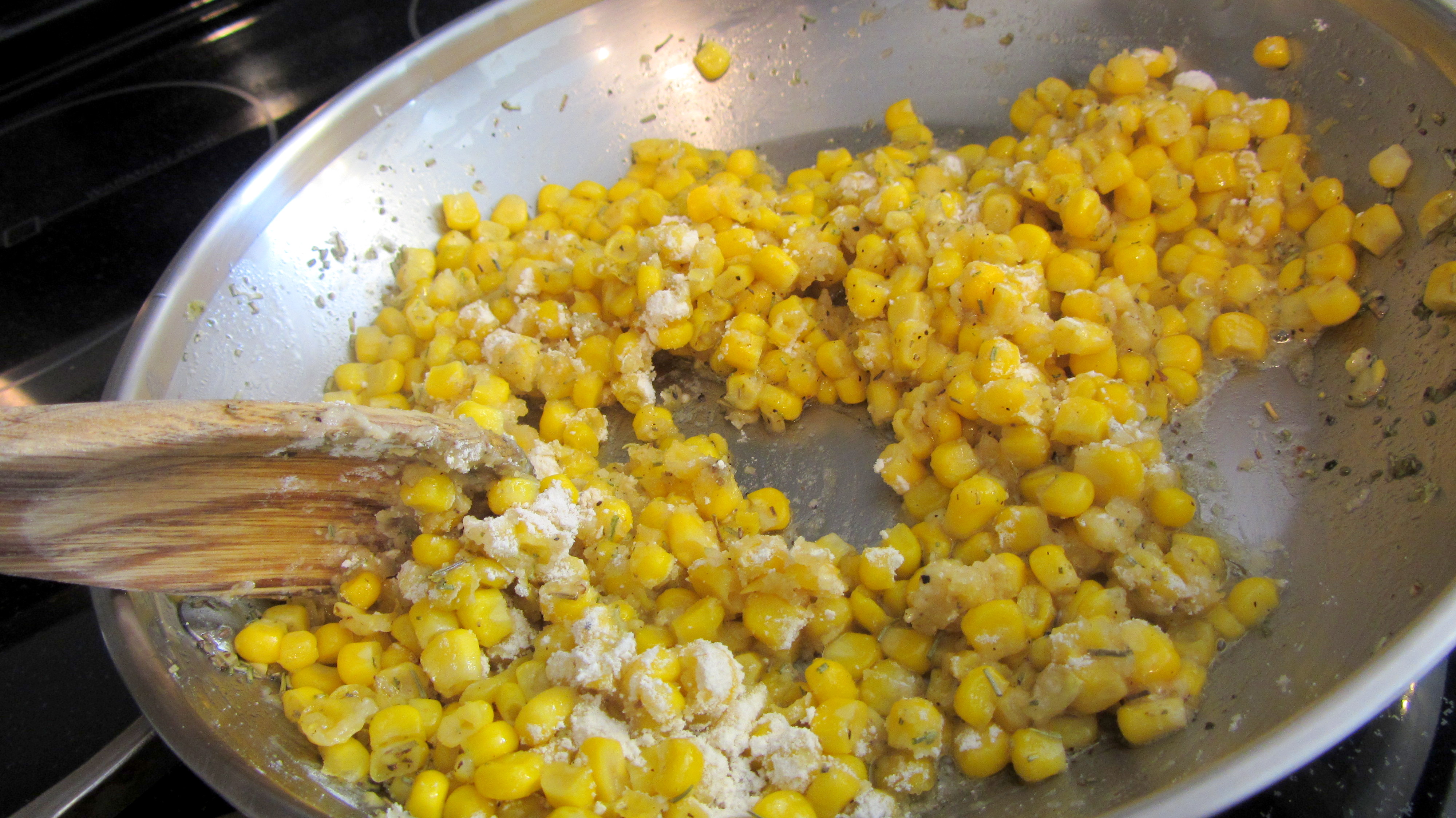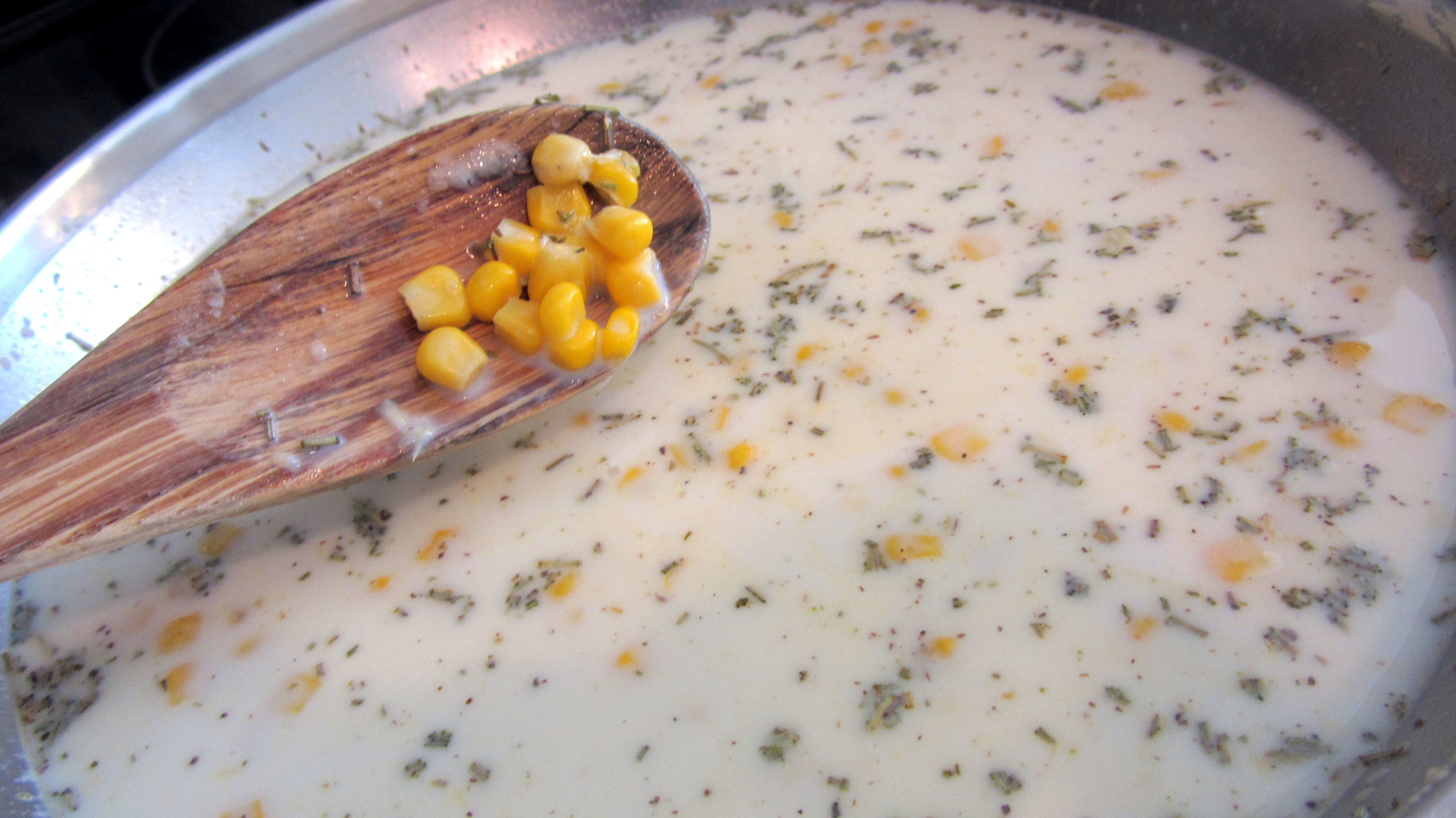"What's Taters, eh?"
"PO-TAY-TOES! Boil 'em, mash 'em, stick 'em in a stew..."
Haha. Sorry... Whenever I see the word "taters" I always hear poor, little Smeagol asking what they are.
I love me some mashed potatoes. And there are close to a bajillion ways to make them. Not talking proper vs improper, I’m talking all the different things you can put in them to make them different.
These today are your basic garlic variety. Nothing really fancy about them but you don’t really need anything else.
Unless you have bacon. You always need bacon.
Garlic Mashed Potatoes:6-8 each ~ Russet Potatoes, diced large
2 tablespoons ~ Butter
¾ cup ~ Heavy Cream
1 teaspoon ~ Salt
¾ teaspoon ~ Pepper
1 teaspoon ~ Garlic Powder
1 teaspoon ~ Thyme
Notes:
- I usually peel the skin off the potatoes when I do mashed. Sometimes I go rustic and leave them on, which mostly just saves me some time. It doesn’t really matter though when it boils down to it. (haha, get it?!)
- When cutting the potatoes, try to cut them uniform in size. That way, when you’re cooking them, they’ll all be ready at the same time as opposed to smaller cuts being ready before bigger cuts.
- Speaking of smaller vs. larger, I said to cut them on the bigger side. If you cut them too small then everything will be cooked to high hell and you’ll lose the few nutrients that you would’ve had otherwise. But, on the flip side, if you cut them too big, the outside will be overcooked and the inside will be undercooked. So I guess what I’m saying is cut them big, but not too big.
- Hey, don’t get mad at me! I don’t know how big your potatoes are! Send me a picture of your potatoes before you dice them and I’ll tell you how big they need to be cut. There! Happy?!
- I’m telling you to use heavy cream even though I don’t usually have heavy cream and just use milk. So I guess what I’m telling you here is you can use milk if you need to, but try and go with heavy cream.
POTATO MASH!
- Peel your potatoes, dice them and put them in a pot filled with cold water. Set them on the burner and bring them to a boil.
I know, I know… But why cold water? Why not just have boiling water ready and toss them in there? Why, Los... WHY?!
Well, I’m glad you asked!
If you throw them in boiling hot water they’ll immediately begin their cooking process. Your common sense may tell you there’s nothing wrong with that, but a potato is pretty dense. So by the time they've been in there long enough for the center of the potato to be done, the outside will already be breaking down from being exposed to the hot water for so long. But, if you start them off in cold water first, the potatoes will begin to cook at the same pace the water is beginning to boil. Everything cooks evenly and everyone is happy.
Am I making sense again? I hope so!
- Once the water comes to a boil, let the potatoes cook for about 10-15 minutes. When you can stick a fork or a knife easily into one of the larger potato chunks you can find and have it easily slip right off, then they’re done. Turn off the burner.
- Dump them in a strainer and shake off the water that’s still on them. Then go ahead and dump them back in the same pot they were just boiled in.
- What I like to do is put the pot back on the burner then cover it almost completely with a towel. The residual heat that is still on the burner will help steam the potatoes and get rid of the moisture that is still lingering around. Let them steam for about 5 minutes.
- In those 5 minutes, don’t twiddle your thumbs. Go ahead and take the heavy cream (or milk) and put it to heat up in a pot. You don’t want it boiling, just steaming.
Why go through the trouble? Well, the potatoes are in a cooling down phase right now. If you add a cold, thick liquid like heavy cream, your taters will get cold almost instantly, and you don’t want to work with cold taters.
- Oh and while you’re at it, put the butter on the back of the stove where it’s nice and warm so it can get a little softened.
I’m telling you to take the butter out now because I know if I told you to take it out earlier you would not have listened to me. You never do. No one cares about letting their butter come to room temperature. You know, if I had a nickel for every time… Ugh, I digress…
Ok, potatoes are steamed and the cream is steaming.
- Take the butter that should be semi-room temperature by now, add it to the potatoes and incorporate it before you do anything else.
Doing this will coat the starch in the pots with fat so it won’t absorb the liquid. Fat coated starches that don’t absorb liquid will help your battle against gluey mashed pots. Ha! The things you never thought you’d say.
(That tip was brought to you by Cooks Illustrated, via Bridget at The Way The Cookie Crumbles)
- Alright, pour in half the cream and stir it in. Take a look at the consistency and add as much more cream as you think you need. I say do it this way because sometimes I add ¾ of a cup and it’s not enough, other times it’s too much. Depends on how many potatoes you used and how big they were. So this step is up to you. Don’t eff it up.
No pressure.
- Now that everything is all creamy and looking like mashed potatoes, add all your spices and seasonings and give it a good stir. Taste it, and add more of what you’d like. Taste it again, and be happy because you just made mashed potatoes.
Hope you enjoyed. Remember, this is just a basic mashed potato recipe. I plan on doing another post soon with different varieties of mashed taters that I enjoy, so stay tuned!































